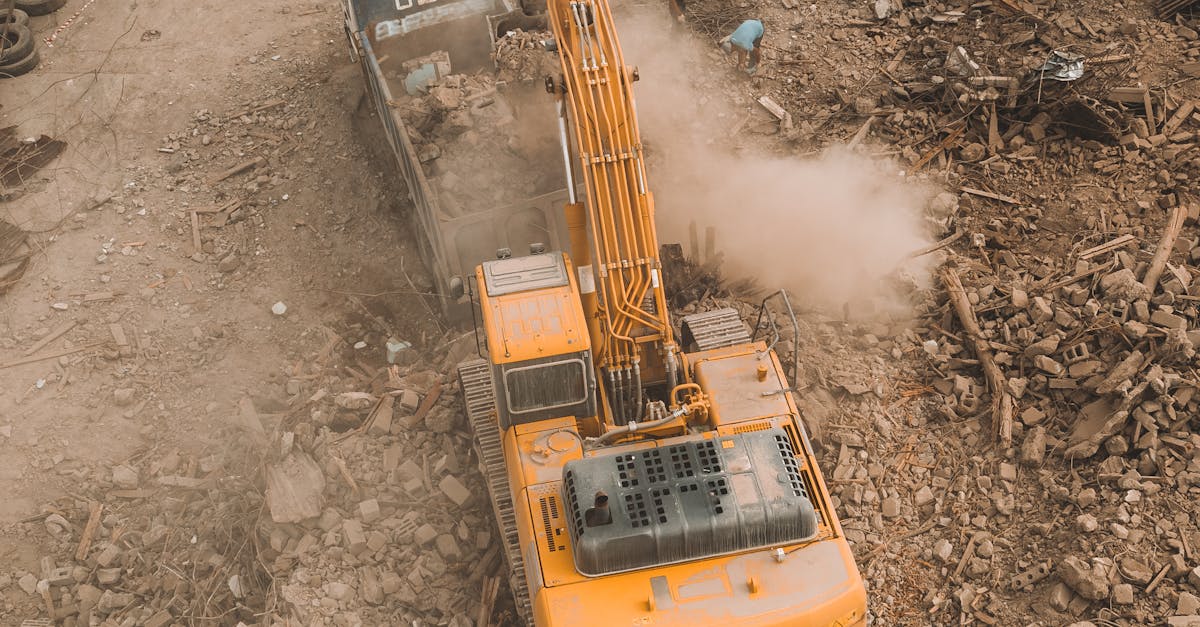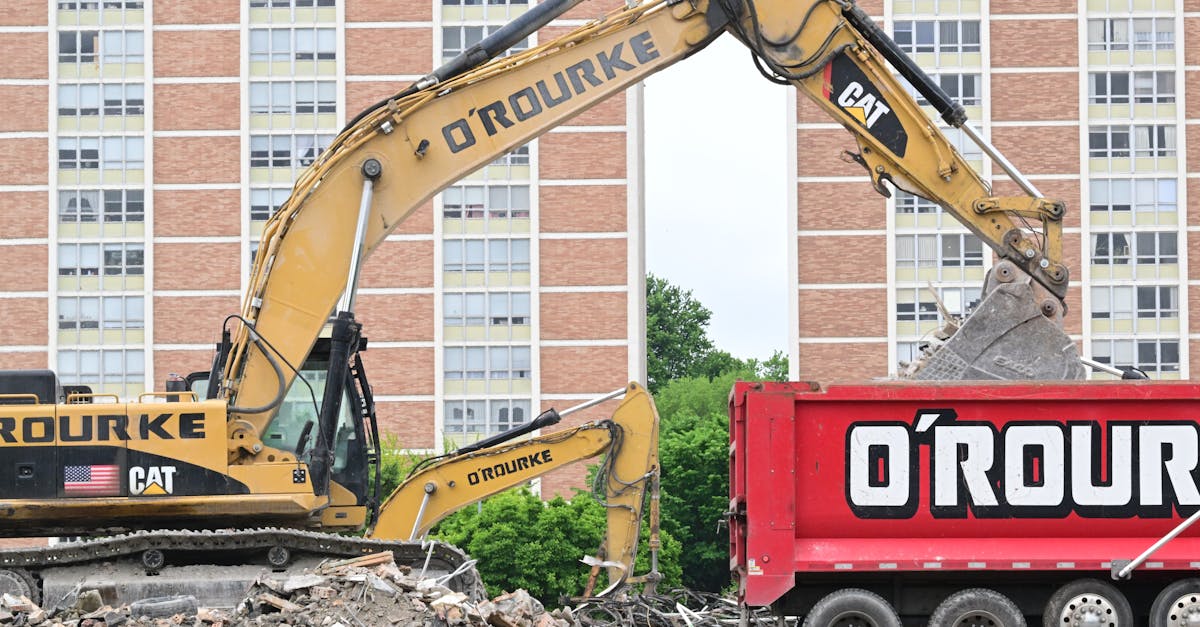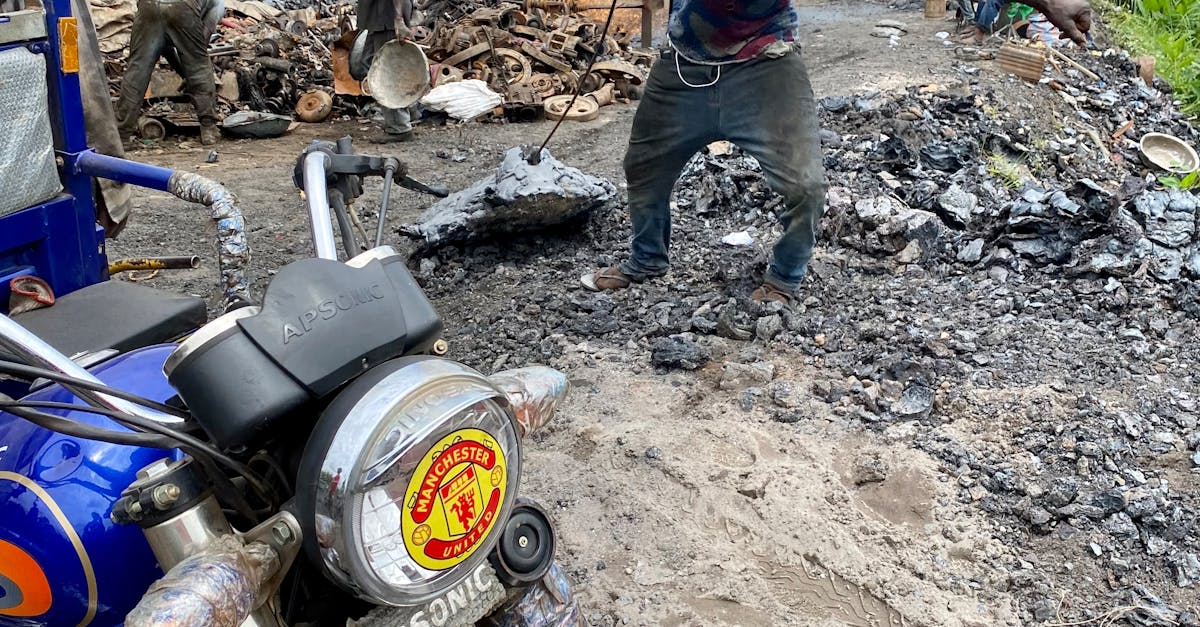
Table Of Contents
Donating Asphalt and Concrete
Donating asphalt and concrete is a sustainable option that benefits both homeowners and construction companies. Whether you have excess materials from a DIY project or a professional construction site, there are organizations willing to accept these donations. By donating asphalt and concrete, you reduce the amount of waste that ends up in landfills and contribute to the reuse of valuable resources. Construction Debris Removal services can often assist in coordinating the donation process, making it convenient and efficient for individuals and businesses looking to dispose of these materials responsibly.
Organizations that accept donations of asphalt and concrete typically have guidelines in place to ensure that the materials are suitable for reuse. Before making a donation, it is essential to contact the organization and inquire about their specific requirements. Some organizations may only accept clean materials free of contaminants, while others may have restrictions on the size and condition of the materials. By following these guidelines, you can ensure that your donation is accepted and put to good use in various construction projects.
Organizations Accepting Donations
When looking to donate asphalt or concrete materials, there are several organizations that accept such donations. These organizations often use the donated materials for construction projects or recycling initiatives. By offering these materials, donors can contribute to sustainable practices and reduce the amount of construction debris sent to landfills. Construction Debris Removal is one such organization that actively seeks donations of asphalt and concrete to repurpose them in environmentally friendly ways.
Construction Debris Removal plays a vital role in accepting and repurposing asphalt and concrete materials. By donating to such organizations, individuals and companies can help minimize waste generation and support the circular economy. This not only benefits the environment by reducing the burden on landfills but also promotes the reuse of valuable resources in the construction industry.
Using Asphalt and Concrete for Fill Material
Using asphalt and concrete for fill material is a sustainable practice that can help reduce waste in landfills. When properly managed, these materials can be repurposed to create a sturdy and cost-effective base for various construction projects. Construction debris removal services often accept asphalt and concrete for filling purposes, ensuring that these materials are used efficiently and responsibly.
It is essential to follow proper techniques for filling with asphalt and concrete to ensure structural integrity and stability. By compacting the materials correctly and layering them in a systematic manner, the fill can provide a solid foundation for new construction. Additionally, utilizing asphalt and concrete for fill material can help minimize the environmental impact associated with traditional disposal methods, making it a favorable option for sustainable construction practices.
Proper Techniques for Filling
Proper Techniques for Filling
When utilizing asphalt or concrete for fill material, it is essential to employ meticulous and structured methods to ensure effective results. Construction Debris Removal is a critical step in the process, requiring careful attention to detail and adherence to industry standards. Prior to commencing any filling activities, it is imperative to assess the condition of the materials being used and prepare the site accordingly.
Proper compaction techniques play a crucial role in achieving long-lasting and durable results when filling with asphalt or concrete. Construction Debris Removal experts advise using compaction equipment, such as rollers or compactors, to evenly distribute the material and remove any air gaps. By incorporating these techniques into the filling process, you can enhance the stability and structural integrity of the filled area, minimizing the risk of future settlement or damage.
Recycling vs. Disposal Comparison
When considering the disposal of asphalt or concrete, it is essential to contemplate the recycling versus disposal comparison. Recycling these materials can help reduce environmental impact and minimize waste sent to landfills. Some companies specialize in Construction Debris Removal and have the infrastructure to efficiently recycle asphalt and concrete, converting them into reusable materials for new construction projects. On the other hand, disposal involves sending these materials to landfills, which can lead to increased waste accumulation and potential environmental harm.
The decision between recycling and disposal hinges on various factors, including cost, convenience, and sustainability. While recycling may require additional resources for sorting and processing, it ultimately contributes to a more sustainable construction industry by conserving natural resources and reducing the carbon footprint associated with producing new materials. Comparatively, disposal may seem like a quicker solution but could have long-term consequences for the environment. Ultimately, choosing the recycling path for asphalt and concrete can lead to positive outcomes for both the construction industry and the planet.
Environmental Impact Considerations
When considering the environmental impact of disposing of asphalt or concrete, it is important to understand the implications of improper disposal methods. Construction debris removal is a critical aspect to address, as these materials can pose significant risks if not handled correctly. Improper disposal can lead to pollution of soil and water sources, negatively impacting the surrounding ecosystems and communities. Therefore, it is essential to prioritize responsible disposal practices to minimize the environmental footprint of construction waste.
One environmentally-friendly approach to managing asphalt and concrete waste is through recycling. By repurposing these materials, we can reduce the reliance on virgin resources and decrease the amount of waste being sent to landfills. Recycling asphalt and concrete not only conserves natural resources but also helps lower greenhouse gas emissions associated with the production of new construction materials. Prioritizing recycling over disposal can significantly contribute to a more sustainable construction industry and a healthier environment for future generations.
FAQS
Can asphalt and concrete be reused or recycled instead of disposing of them?
Yes, asphalt and concrete can be reused or recycled instead of being disposed of in a landfill.
How can I donate asphalt and concrete for reuse instead of disposing of them?
You can donate asphalt and concrete to organizations that accept such materials for reuse in various projects.
What are some organizations that accept donations of asphalt and concrete?
Some organizations that accept donations of asphalt and concrete include local construction companies, recycling centers, and community improvement organizations.
What are the proper techniques for using asphalt and concrete as fill material?
Proper techniques for using asphalt and concrete as fill material include compacting the material evenly, ensuring proper drainage, and following any local regulations for fill material.
How does recycling asphalt and concrete compare to disposing of them in terms of environmental impact?
Recycling asphalt and concrete is more environmentally friendly than disposing of them in a landfill, as it reduces the amount of waste in landfills and conserves natural resources.




